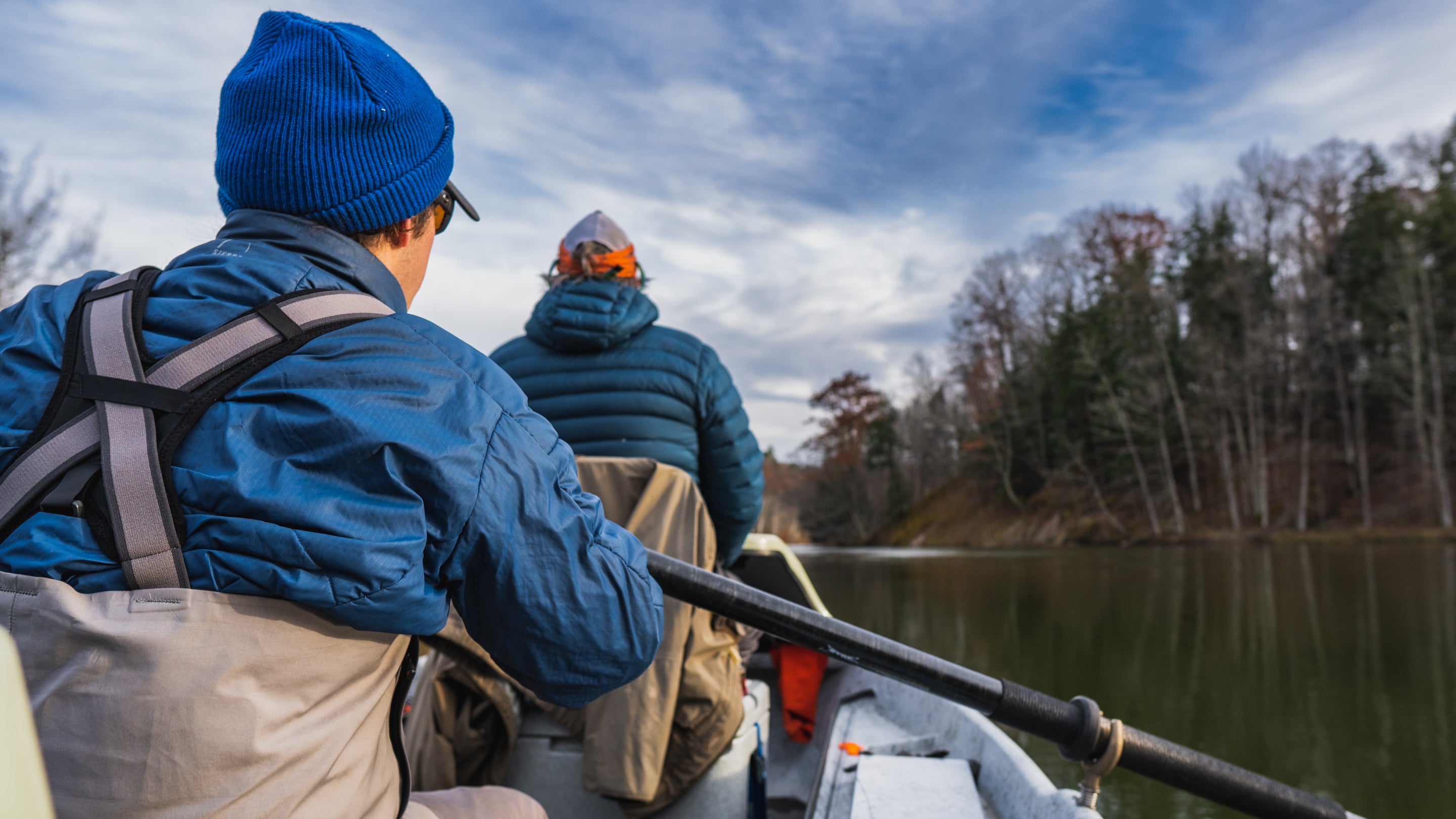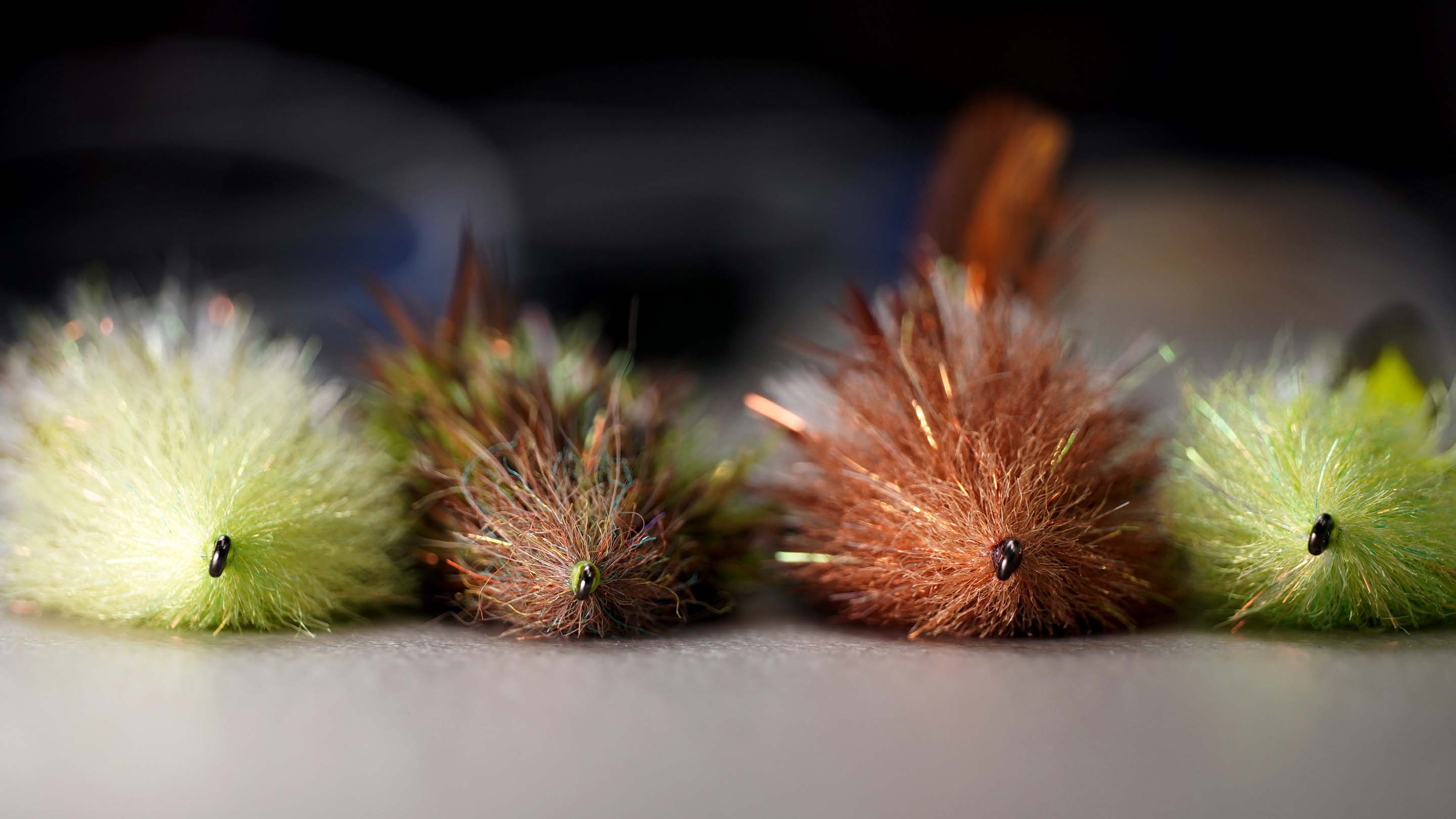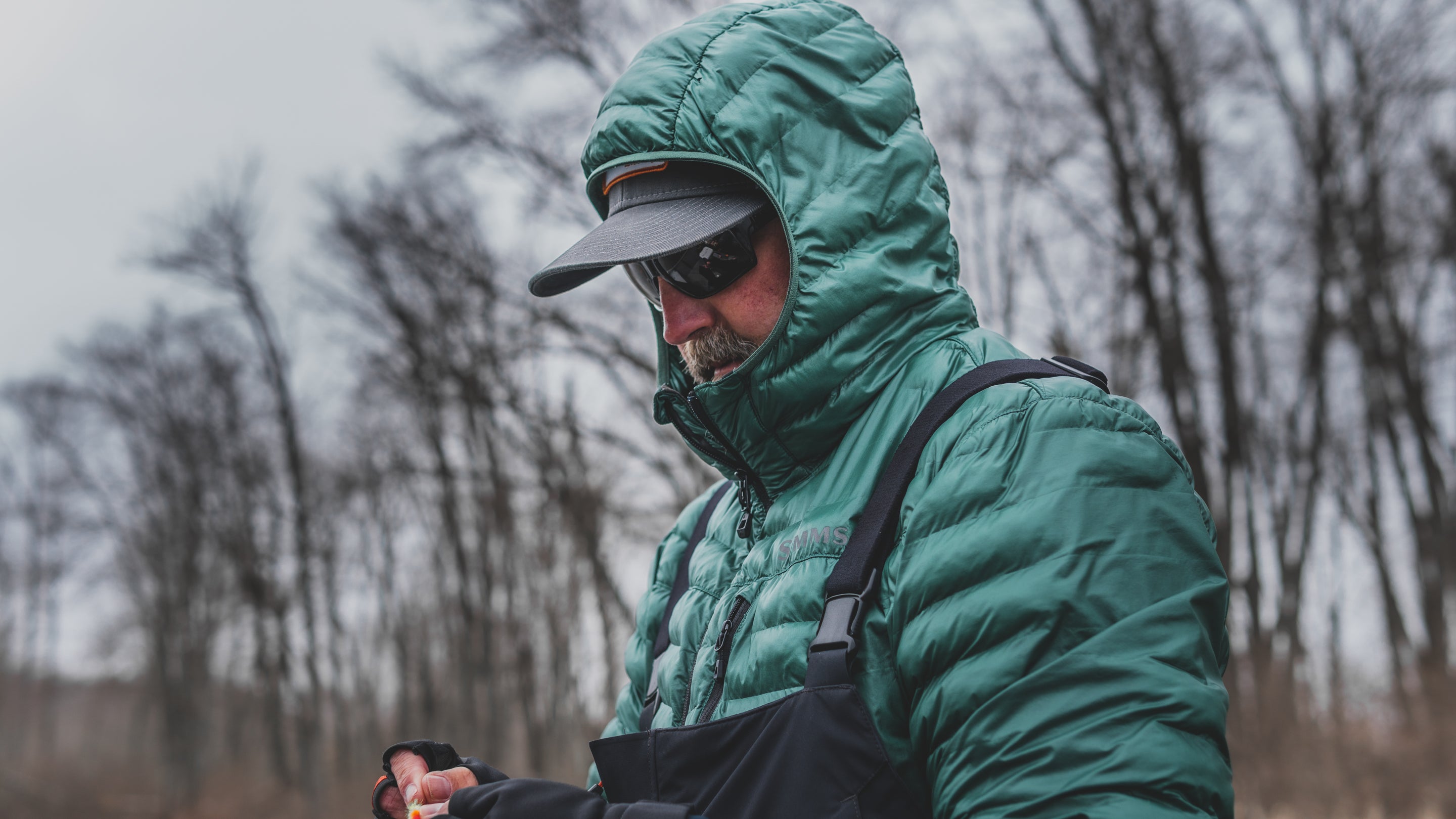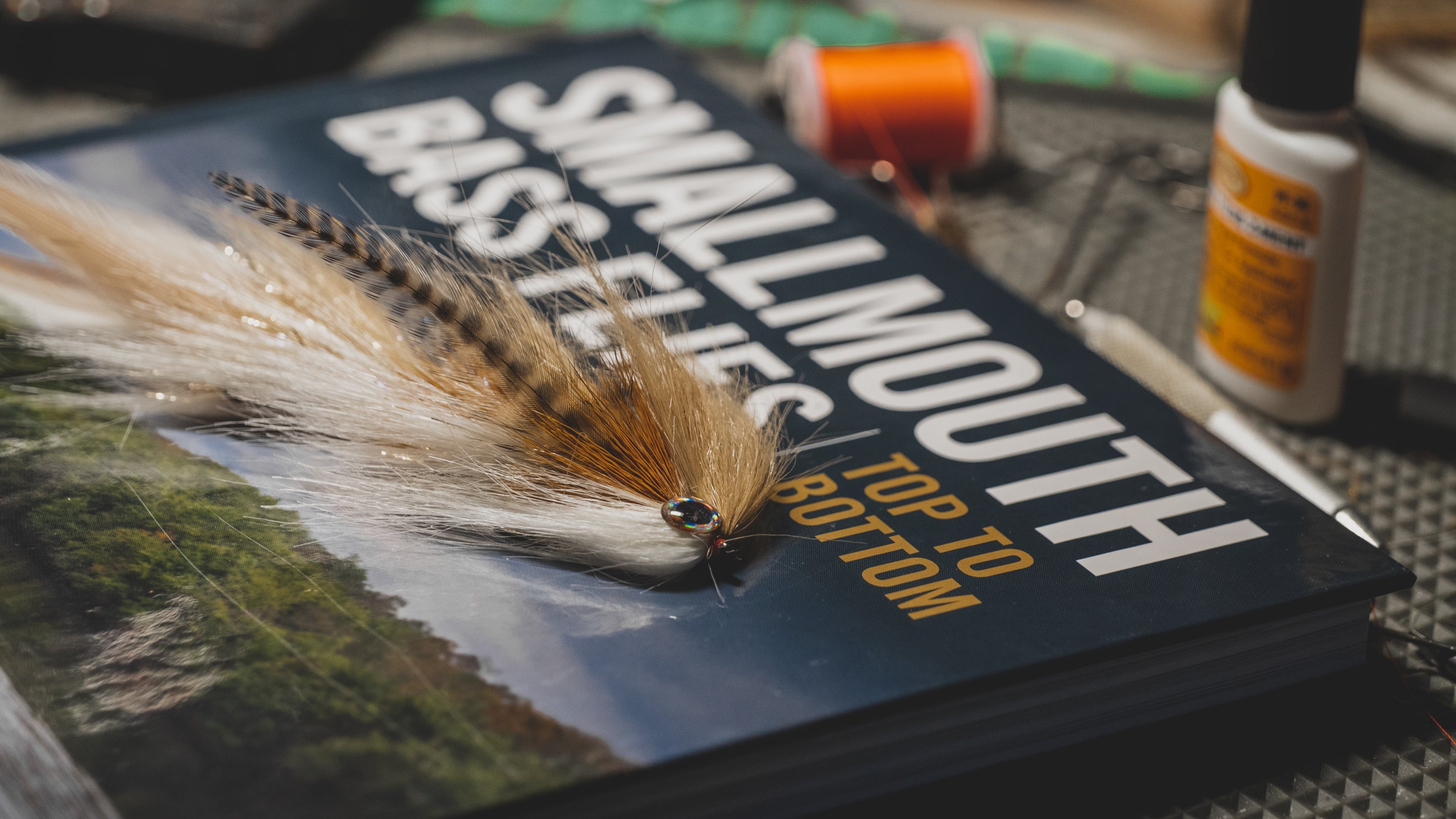Spey 101
WHAT IS SPEY?
"What is spey?" is a very common question for us to get at the fly shop. In the most basic terms, spey is simply a style of casting that allows anglers to throw generous amounts of line with minimal room for a traditional backcast. This is accomplished through a framework of dynamic roll casting. Developed on the River Spey in Scotland, long rods are used for their increased leverage and ability to store great deals of energy. With great leaps in technology and design things are changing however and we've moved to shorter switch and single hand rods that are capable of similar results.
What Do I Need?
ROD
As I mentioned previously, traditional spey is based around long rods in excess of thirteen fieet. Developments in rods and lines have changed the face of spey immensely in the past twenty years however. The fact of the matter is that you likely have a rod already that will work to some degree of spey casting. Many folks have had a great deal of fun and success experimenting with short lines that work wonderfully on a standard nine foot rod. If you want to get in to two-handed casting however, a switch or spey rod is still a great choice. Most smaller rivers in Northern Michigan can be effectively fished with a switch rod around eleven feet. If you would like to fish the larger rivers such as the Manistee below Tippy Dam, a larger spey rod (over twelve feet) will serve you better.
REEL
A reel that has a smooth drag is a must for handling larger fish such as steelhead. Most spey anglers will choose a reel that is one size larger than their rod to balance out the longer rods and hold the larger spey lines. A useful feature is a caged or fully-enclosed reel that will prevent thin running lines from jumping and subsequently tangling up.
Heads I will divide into two categories: Scandi and Skagit, there are more but these two dominate the market and are what you will encounter most. Scandi lines are light and can be delicate. They are wonderful for smaller flies and lighter sink tips. Skagit lines are heavier and designed to throw heavier flies and tips. Most anglers in the Great Lakes Region use Skagit lines. A discussion of lines could occupy several pages for discussion but we are only covering the basics here.
Tips are attached to the end of your head and provide a modular system for sinking your flies and getting them down to where fish are holding. There are many materials, lengths, and sink rates to consider for this part of the equation. My advice is to acquire several tips in different sink rates but keep the length consistent while you are learning to cast. This will greatly improve your consistency on the water and lead to far less blown anchors.
Tippet you can keep simple, I typically just use a short two or three foot section on maxima ten or tweleve pound mono. Some anglers prefer a tapered setup but know that whichever direction you choose to keep things simple and refrain from going too long.
FLIES
Flies are one of my favorite things about spey as each tier has a unique perspective and different way of putting it all together. Looking into an angler's swing box is fun, there are goofy colors, wild materials and yet they all seem to catch fish. In Michigan I reccomend using flies you are not super attached to as you will eventually snag and lose a pile of them. That is the cost however of catching fish as Steelhead love to be around wood.

Why Spey Fish?
Why spend hours and hours casting and hoping to find a fish on the end of your line? Because we're searching for a special fish. Not every fish in the river will take a swung fly, most will not. Days spent on the river without fish happen but I rarely consider it a day misspent. Those days I spend clearing my head and enjoying the constant flow of water around me make the moments of chaos when my line goes tight so much more rewarding and each experience unique and memorable.
I think all spey fisherman find something beyond the fish that is rewarding enough for them to keep at it. Here is what keeps me going back for more:
First of all, I love to cast. I say that knowing we all get some satisfaction from making the line shoot through our guides. However, mastering the different spey casts, though not truly difficult, has been especially satisfying for me. There is something about the feeling loading a longer rod up and letting it rip that feels right. When I consider the alternative, roll casting bobbers and splitshot, it's all the more sweeter.
Secondly, the simplicity is soothing for me. Cast, swing, step down and repeat that is the whole deal in a nutshell. I can think clearly in the quiet mornings and bounce ideas off the sound of the river. Often I'll allow my mind to wander beyond and enjoy a lack of focus altogether. It can be challenging some days to detach from my thoughts and be mentally present for hours. I need to be challenged in that way however, I can imagine most of us do.
If you would like to learn more, please let us know. We are always happy to help anglers get started with spey fishing at our fly shop. I will also be dedicating more time writing about the other intricacies of spey fishing in the future. We also hope to get out soon and shoot casting videos. In the meanwhile, let me reccomend Skagit Revolution featuring Tom Larimer or Spey Casting by Simon Gawesworth. Both are incredible casters who have a wonderful knack for teaching. I should also mention that our guides also teach spey casting regularly and love spending time on the water with anglers new to this technique.
I hope to see you out on the water or at the shop,
- Matt Hartman







